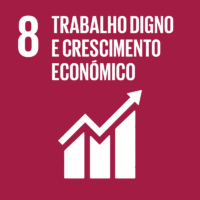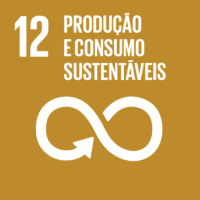Ciência_Iscte
Publicações
Descrição Detalhada da Publicação
A Porter’s Five Forces model proposal for additive manufacturing technology: A case study in Portuguese industry
Procedia Computer Science
Ano (publicação definitiva)
2023
Língua
Inglês
País
Estados Unidos da América
Mais Informação
Web of Science®
Scopus
Google Scholar
Esta publicação não está indexada no Overton
Abstract/Resumo
Industry 4.0 constituted a trigger to a new phase in the Industrial Revolution, heavily focused on the interconnectivity of the systems, bringing disruptive technologies such as Additive Manufacturing (AM). On top of that, in the past few decades AM has been gaining visibility due to technological evolution and due to the need to increase differentiating factors to overtake competitors. Coupled with this, phenomenon such as increased firms’ competitivity and rivalry, increased customer demand and diversity and the shift from an industrial economy to a knowledge-based economy are leading to the emergence of new business models. However, despite of AM's business possibilities, in literature it is missing a model to analyse the impact of AM in business strategy. Accordingly, the present research focuses on understanding how AM impacts firms’ business strategy. To achieve that objective, is proposed an adaptation of Porter's Five Forces Model to aid in positioning firms’ strategy when using AM. The model was applied to 13 organisations operating with AM in Portugal. It was possible to conclude that all the participating firms, except one, fit in the incremental stream of development as regards to AM technology, where AM technologies appear as a complementing technology. Also, the participating firms seem to experience the low capability to capture specialized workforce for AM, high capital requirements to enter the market and low IPR regulation. AM brings an opportunity for higher bargaining power to arise due to 'prosumerism', yet it does not add value as a tool for the standard products industry. Moreover, suppliers strongly influence sectors' competition, which will presumably suffer from increased rivalry tensions.
Agradecimentos/Acknowledgements
--
Palavras-chave
Additive manufacturing,Porter’s Five Forces model,Case study research
Classificação Fields of Science and Technology
- Economia e Gestão - Ciências Sociais
Registos de financiamentos
| Referência de financiamento | Entidade Financiadora |
|---|---|
| PTDC/EME-SIS/32232/2017 | Fundação para a Ciência e a Tecnologia |
Contribuições para os Objetivos do Desenvolvimento Sustentável das Nações Unidas
Com o objetivo de aumentar a investigação direcionada para o cumprimento dos Objetivos do Desenvolvimento Sustentável para 2030 das Nações Unidas, é disponibilizada no Ciência_Iscte a possibilidade de associação, quando aplicável, dos artigos científicos aos Objetivos do Desenvolvimento Sustentável. Estes são os Objetivos do Desenvolvimento Sustentável identificados pelo(s) autor(es) para esta publicação. Para uma informação detalhada dos Objetivos do Desenvolvimento Sustentável, clique aqui.

 English
English




